Cats, those enigmatic creatures that grace our homes with their presence, often exhibit a wide range of behaviors, especially when it comes to interacting with strangers. While some cats eagerly approach a new person with curiosity, others might retreat to the safety of a hidden perch, observing the intruder with wary eyes. Understanding why some cats are more cautious than others around strangers can deepen our appreciation for these fascinating animals.
Natural Instincts Shape Behavior

Cats are naturally cautious creatures. This instinctual behavior is a survival mechanism that has been passed down through generations. In the wild, being overly trusting could make a cat an easy target for predators. Therefore, a cat’s initial wariness around strangers is not unfounded. This natural instinct is embedded deep within their DNA, shaping how they perceive new and potentially threatening situations.
Early Socialization Plays a Role

The experiences a cat has during its early life stages significantly impact its behavior around strangers. Kittens exposed to a variety of people, sights, and sounds during their first few weeks are more likely to be sociable adults. Conversely, those with limited human interaction may grow up to be more reserved. Socialization is akin to planting seeds; the more diverse the environment, the more adaptable the plant becomes.
Genetic Predispositions Matter

Genetics can heavily influence a cat’s demeanor. Some breeds have been noted for their sociable nature, such as the Ragdoll or the Maine Coon, while others, like the Russian Blue, might be more reserved. Just as humans might inherit certain personality traits, cats too can inherit tendencies that make them more or less inclined to approach strangers. It’s fascinating to see how these genetic blueprints play out in their daily interactions.
Past Experiences Leave Imprints

A cat’s past experiences can greatly affect its behavior around strangers. Cats that have had negative encounters with humans may become more apprehensive. For example, a cat that has been mistreated by a previous owner might view all new humans as potential threats. On the other hand, cats that have only had positive interactions are likely to be more trusting. This is much like how a person who has been let down in the past might approach new relationships with caution.
Individual Personalities Vary
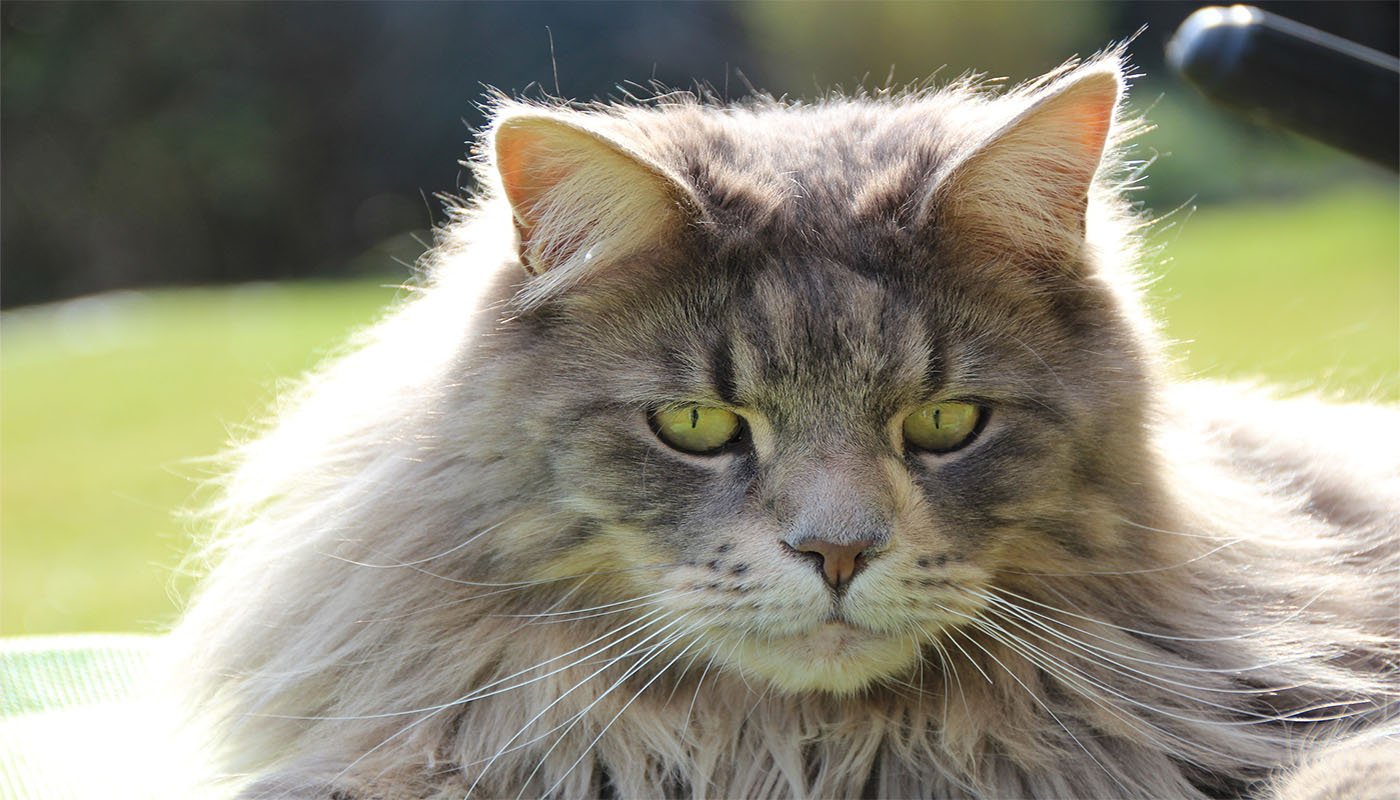
Just like people, cats have individual personalities. Some are naturally more curious and adventurous, while others are more reserved and cautious. A cat’s personality can be likened to a fingerprint—unique and complex. Owners might notice that even within the same breed or litter, cats can display vastly different behaviors when encountering strangers.
Environmental Factors Influence Behavior
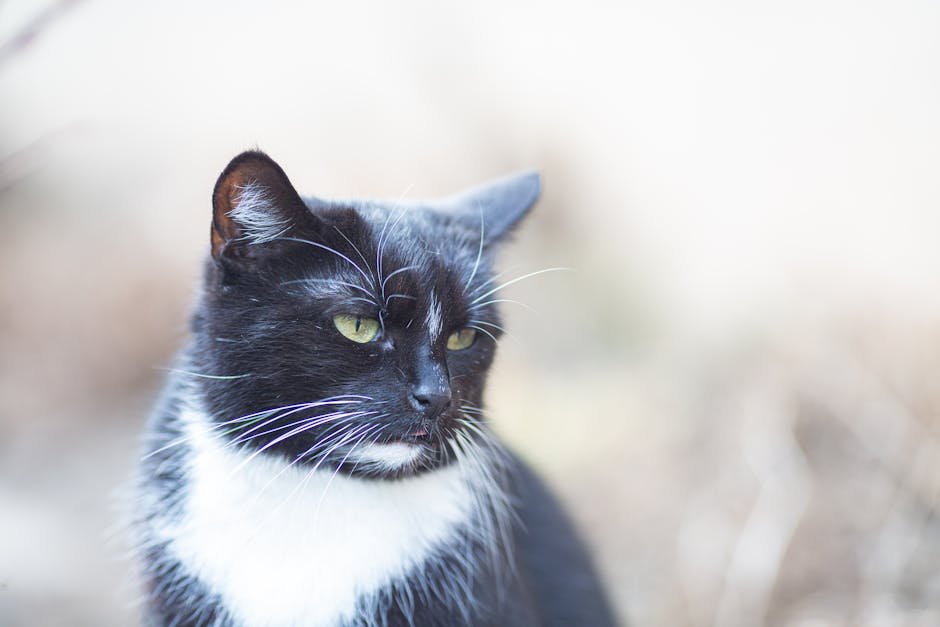
The environment in which a cat lives can also affect its behavior around strangers. Cats that reside in peaceful, quiet homes may be more sensitive to the sudden appearance of a new person. In contrast, those accustomed to a bustling household might be more unfazed. The environment acts as a backdrop, setting the stage for how a cat will react to new stimuli.
Health and Well-being Impact Reactions
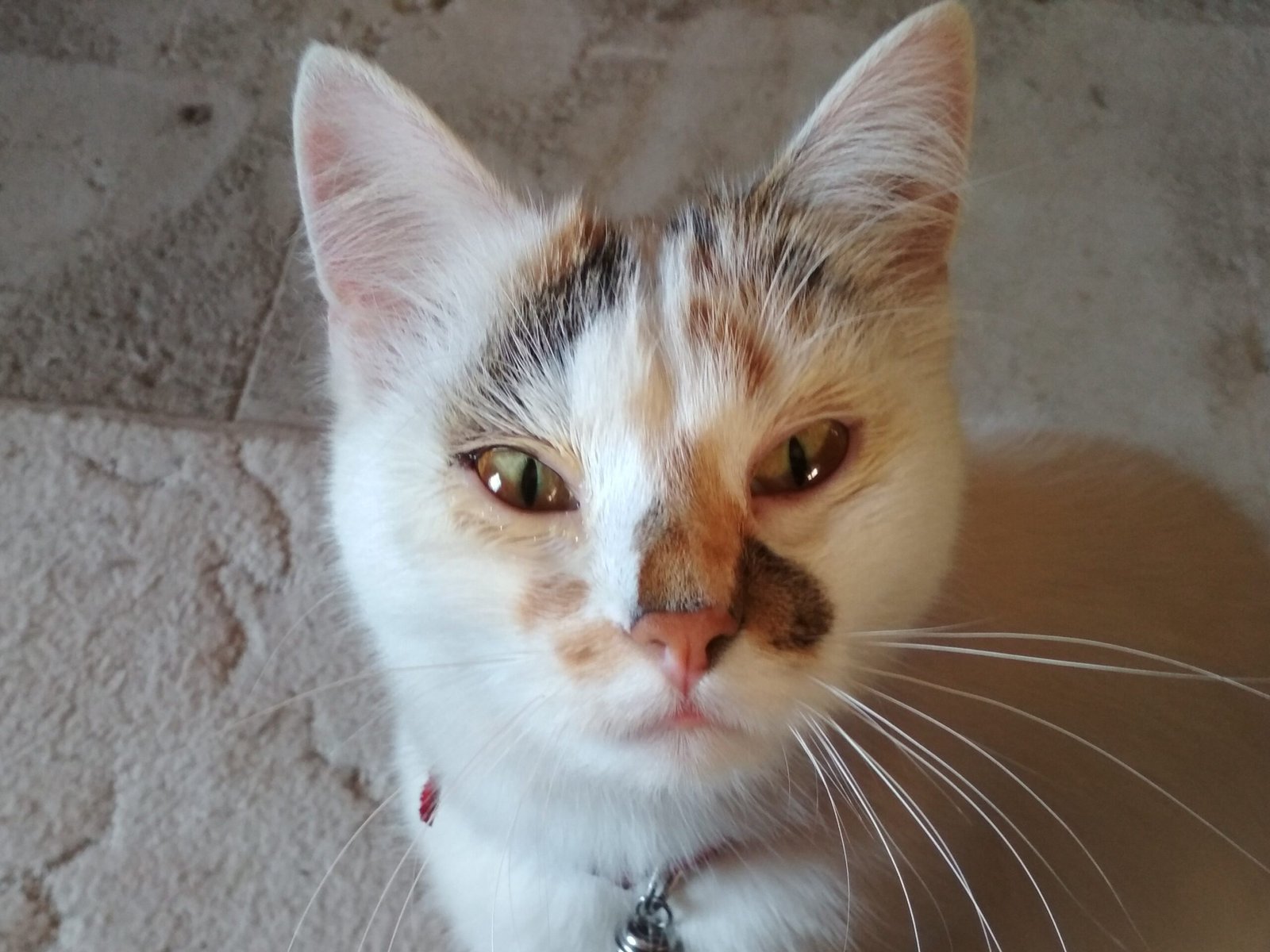
A cat’s health can significantly affect its behavior. Cats that are unwell or in pain may be less inclined to interact with strangers, as they might feel vulnerable. Ensuring a cat is in good health can help mitigate unnecessary stress in new situations. It’s akin to how a person might avoid social gatherings when feeling under the weather.
Fear of the Unknown
The fear of the unknown can be a powerful deterrent for cats. Strangers bring unfamiliar scents, sounds, and movements, which can be overwhelming. This is similar to how humans might feel uneasy in a foreign environment. Cats rely heavily on their senses, and when something unfamiliar disrupts their world, their first instinct is often caution.
Body Language and Communication
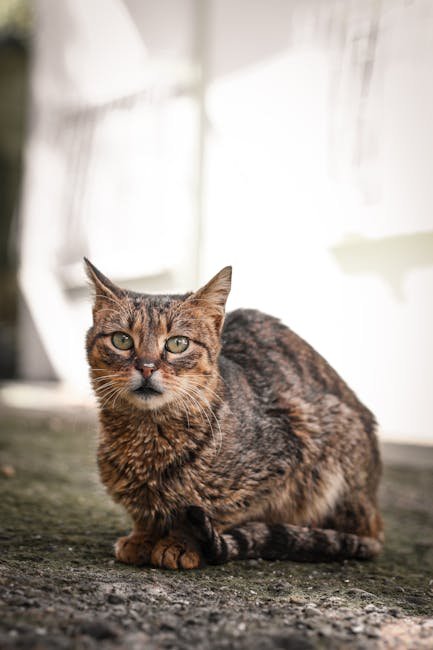
Cats communicate a lot through their body language. A cautious cat might display signs such as flattened ears, a lowered tail, or dilated pupils. Understanding these signals can help humans approach cats in a way that feels less threatening. It’s a silent dance between the cat and the observer, where subtle cues convey deep meanings.
The Role of the Owner
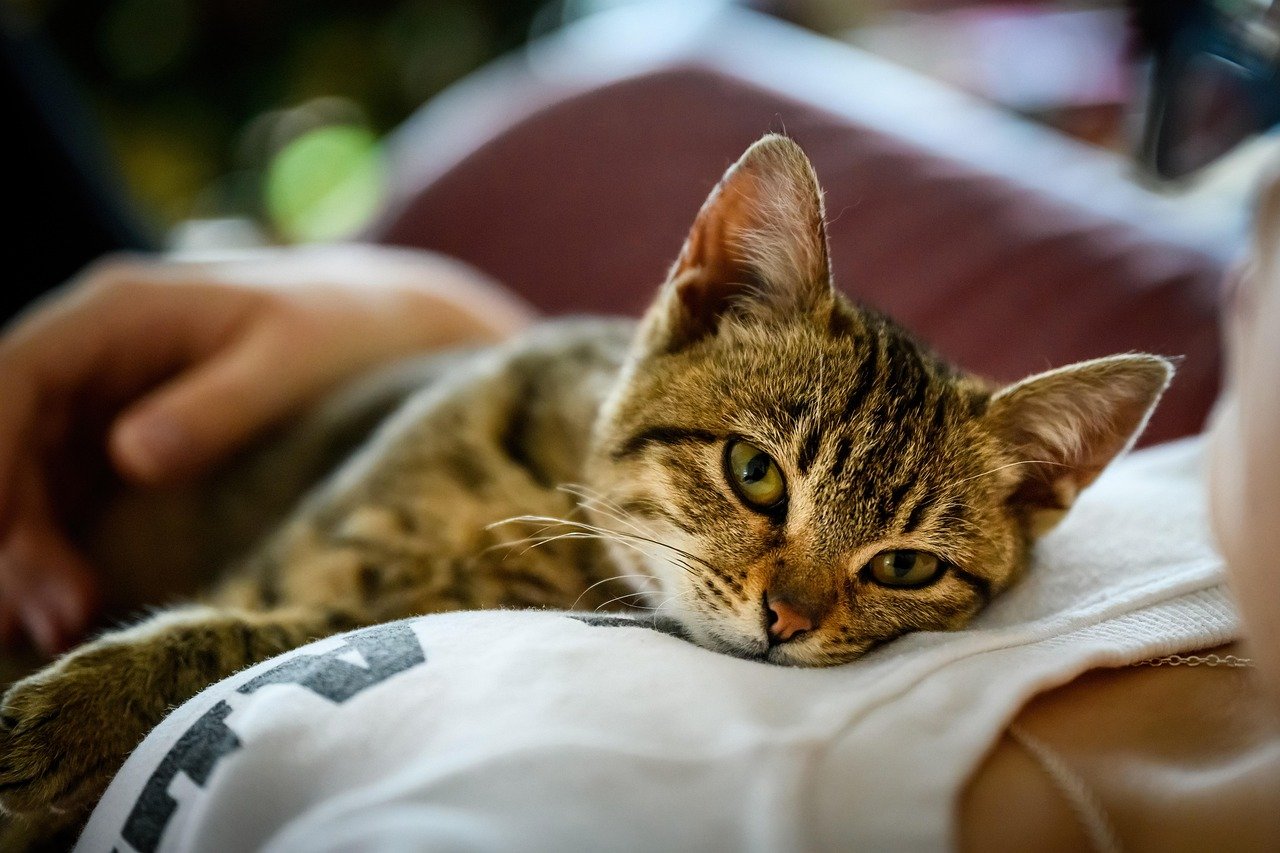
The way an owner interacts with a cat can influence its comfort level around strangers. Owners who provide a sense of security and reassurance can help their cats feel more at ease when meeting new people. Much like a child looking to a parent for guidance, cats often take cues from their owners on how to react.
Creating Safe Spaces
Providing a safe space for a cat is crucial in helping it feel secure. Cats often retreat to their designated safe zones when they feel threatened. These spaces allow the cat to observe the stranger from a distance, deciding on its own terms when or if to approach. It’s akin to having a personal sanctuary where one can retreat and recharge.
Gradual Introductions Are Key

Introducing cats to strangers should be a gradual process. Sudden interactions can overwhelm a cautious cat, reinforcing its wariness. Allowing the cat to approach at its own pace can lead to more positive outcomes. Think of it as gently opening a door rather than forcing it wide open.
Understanding Cat Behavior is Crucial
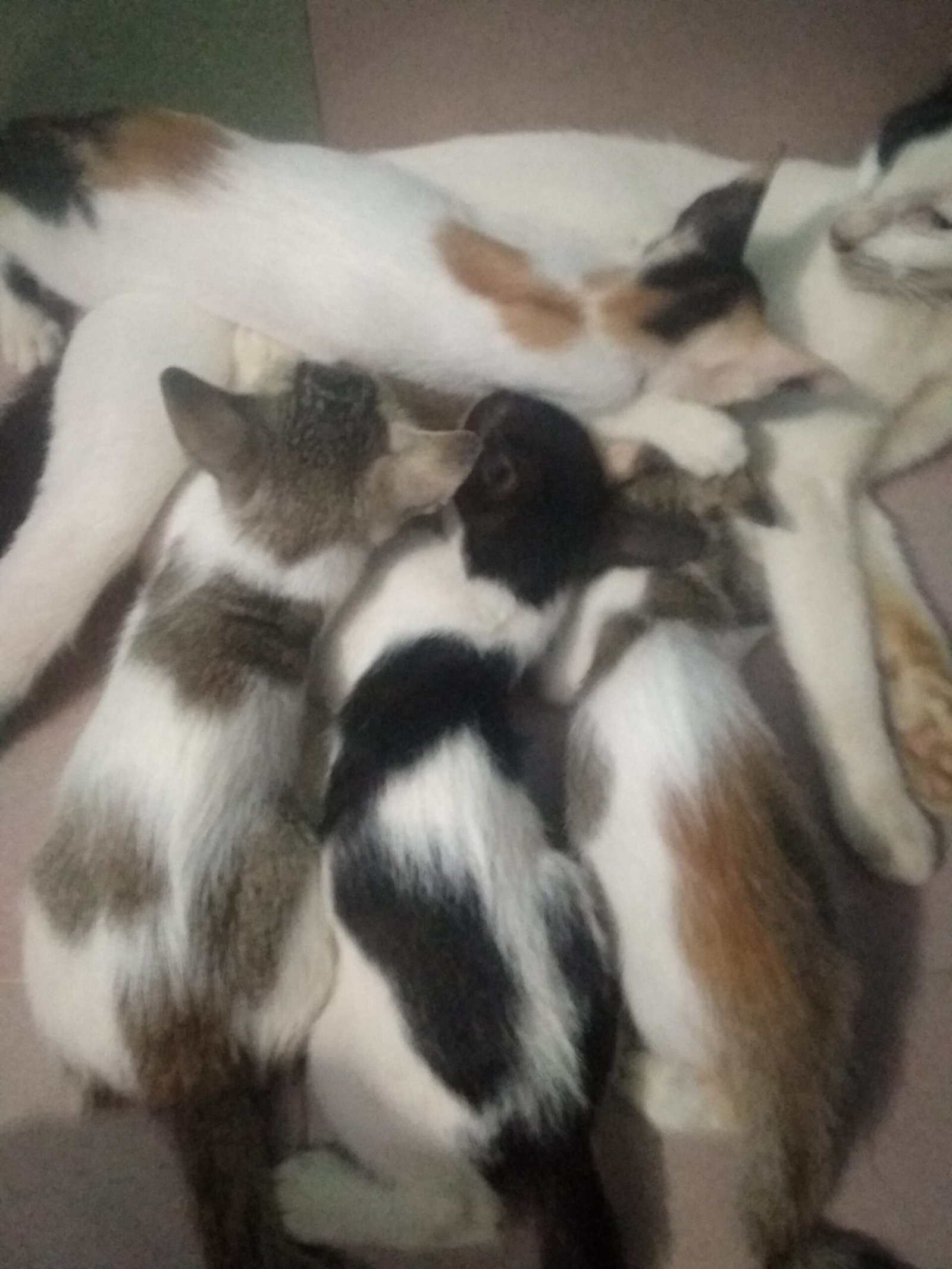
Understanding why a cat behaves a certain way around strangers can foster a more harmonious relationship. Recognizing the factors that contribute to a cat’s caution can help owners address potential concerns. It’s like deciphering a complex puzzle, where each piece provides valuable insights into the cat’s world.
Patience is a Virtue
Patience is essential when dealing with cautious cats. Building trust takes time, and forcing interactions can backfire. Just as a flower blooms in its own time, a cat will come around when it feels safe and ready. Rushing the process can lead to setbacks, whereas patience can yield lasting bonds.
Positive Reinforcement Works Wonders
Using positive reinforcement can encourage a cautious cat to be more open to strangers. Rewarding a cat with treats or affection when it exhibits brave behavior can help reshape its perceptions. This method is like teaching a child that trying new things can be rewarding, leading to positive associations.
The Influence of Other Pets
The presence of other pets can impact how a cat reacts to strangers. A confident pet might lead by example, showing the cautious cat that the stranger poses no threat. Conversely, if the other pet is also wary, it might reinforce the cautious behavior. It’s a dynamic that can either ease or amplify the cat’s caution.
Recognizing Progress

Celebrating small victories is important. Progress might be slow, but recognizing and rewarding even the smallest steps forward can encourage further growth. Much like learning a new skill, celebrating milestones can motivate continued effort and improvement.
Tailoring Interactions
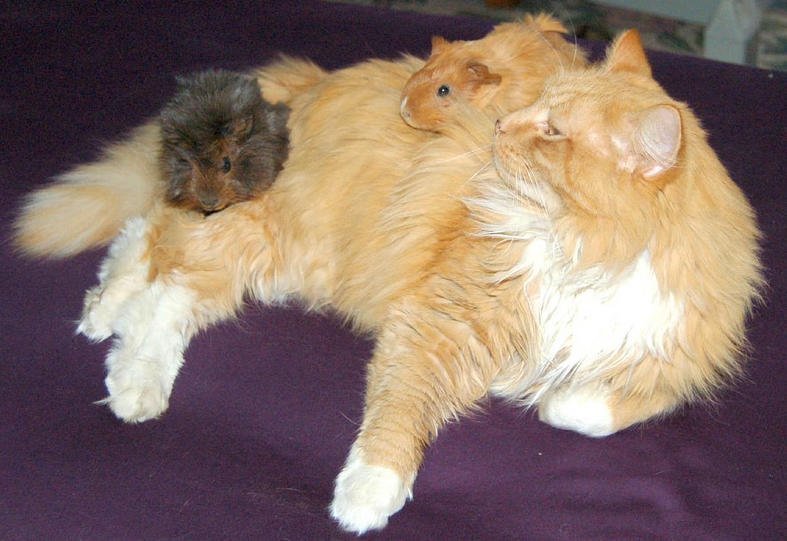
Each cat is unique, and interactions should be tailored to its individual needs and comfort levels. What works for one cat might not work for another. Understanding and respecting these differences can lead to more successful interactions. It’s akin to customizing a recipe to suit individual tastes.
The Journey of Building Trust

Building trust with a cautious cat is a journey, not a destination. It requires time, effort, and understanding. Each interaction is an opportunity to strengthen the bond, paving the way for a trusting relationship. Just as a sculptor chisels away to reveal a masterpiece, building trust is a labor of love.
In conclusion, understanding why some cats are more cautious than others around strangers involves a tapestry of factors, from instincts and genetics to environment and past experiences. By appreciating these nuances, we can foster stronger, more trusting relationships with our feline friends.
Hi, I’m Bola, a passionate writer and creative strategist with a knack for crafting compelling content that educates, inspires, and connects. Over the years, I’ve honed my skills across various writing fields, including content creation, copywriting, online course development, and video scriptwriting.
When I’m not at my desk, you’ll find me exploring new ideas, reading books, or brainstorming creative ways to solve challenges. I believe that words have the power to transform, and I’m here to help you leverage that power for success.
Thanks for stopping by, Keep coming to this website to checkout new articles form me. You’d always love it!






